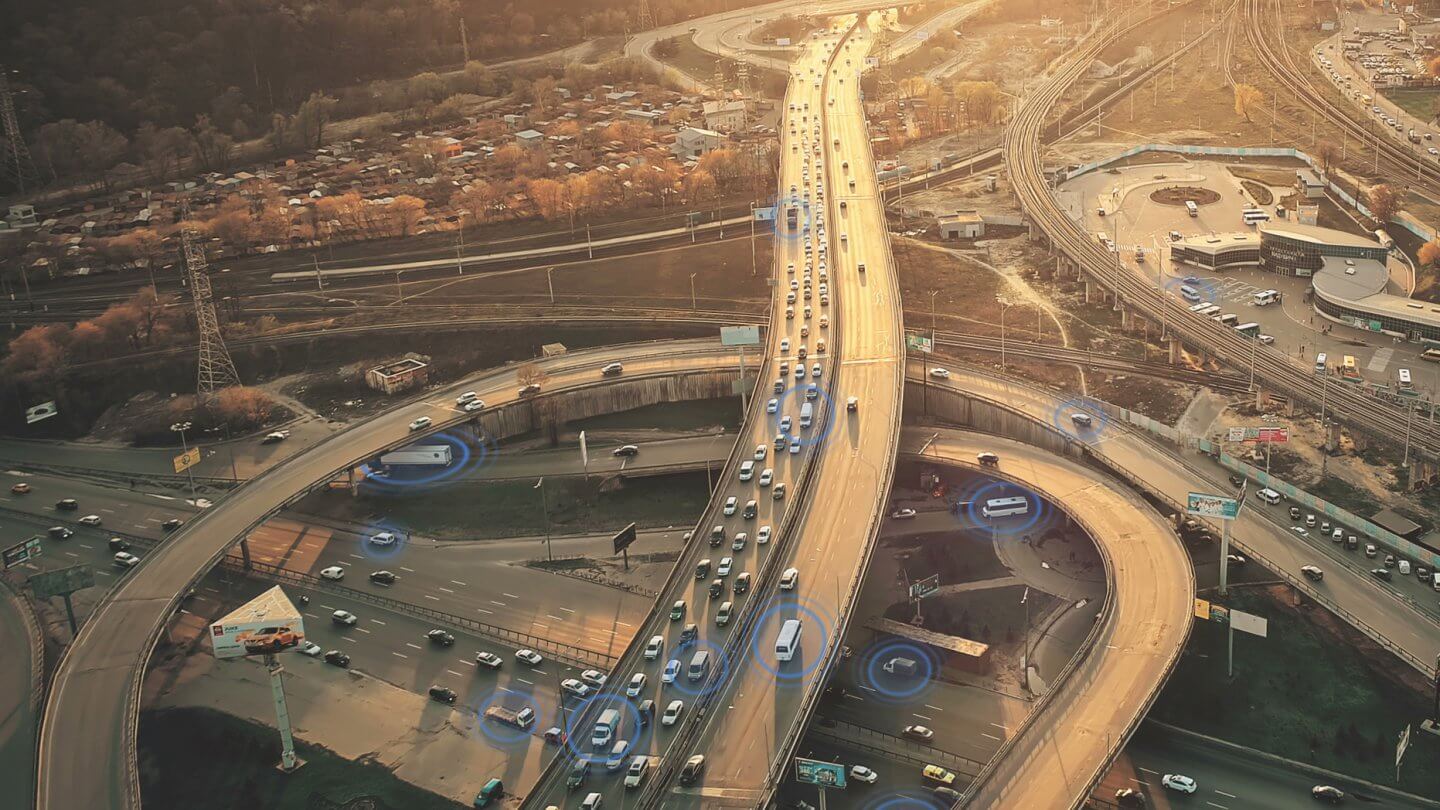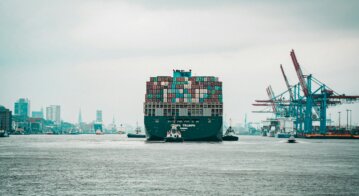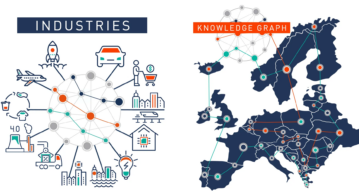Fleet efficiency and productivity are in the data. But can you see it?
In logistics, coping with fluctuations in demand is all part of the business. That said, 2020 has undoubtedly seen extremes in all areas of the market. Keeping the fleet on the road and operating efficiently has taxed managers all over Europe, and many are facing twin battles of expanding capability and ensuring continued efficiency.
If we question what efficiency means in the logistics sector, then surely “serving more customers better with fewer resources” is the simplest answer. Achieving that goal in today’s highly competitive logistics and supply space is no small undertaking, especially when the market’s larger players have much more to invest in infrastructure and technology than smaller outfits.
However, the nature of fleet management software and hardware is such that smart code and kit (software and hardware, in IT terms) is a great leveler and is used to drive the types of savings that flatten out an uneven playing field.
Single platforms of collected technologies aimed specifically at the sector create more efficient operations across the board. Physical telemetry on vehicles and smart devices at distribution points combine with pure-play technologies like open APIs and powerful databases, for example.
The goals are improved productivity using finite resources, increased profitability, happier staff and drivers, and positive customer experiences. The nature of logistics is such, too, that savings mean less environmental impact. In short, profit margins, the planet, and people (staff and customers) all win when efficiency is realized.
The detail in the connections
For the fleet manager, having access to comprehensive information that’s been collected and processed by logistics solutions is highly empowering. Using the single case of collected telemetry data, operations staff can ensure vehicles spend less time on inefficient routes, pulled-up at the roadside, or in the repair workshop. The CFO sees more customers served more quickly, at lower fuel costs and drivers feel under less pressure (hence reducing the chance of inappropriate driving).
In-vehicle technologies feedback on driving style, idling times, and fuel consumption so that this information can be used as coaching materials for staff. Some companies even use this data to “game-ify” drivers’ performance; awarding the good, incentivizing the less-good, and improving morale with a little healthy competition.
Stylish driving
Balancing the need for efficiency with individual schedules and performance targets is a contentious area for any supply chain business. Mindful driving lowers fuel costs and pollution levels and means a great deal less wear and tear on tires, engines, and bodywork. Here, too, technology can be used in-vehicle to encourage responsible driving, and overall metrics can be used to better plan when vehicles need to go in for scheduled maintenance. The combination of business data that shows long-term trends in demand can inform those schedules to better effect so that proactive maintenance can be lined up during slower periods.
For drivers, efficiencies similarly come from many smaller factors adding up to more significant gains. A live schedule on a driver’s mobile not only reduces paper waste but has the added advantage of over-the-air updates. Canceled deliveries and additional stops can be created on the fly, so customers get reached faster than they might otherwise, ticking boxes for fewer truck rolls, more efficient staffing, less fuel burnt, and improved customer service.
Today’s fleet management technology creates opportunities like these for companies that can differentiate themselves via quality of care; for their customers, for the environment, and for the bottom line, too.
Conclusion
Most fleet managers will have made any sweeping operational changes already, leading to fundamental changes in the way the company works. But from that point on, gains in efficiency and productivity is a numbers game: attention to detail and small wins add up and multiply over an extended fleet’s operations. Reducing every journey’s idle time by three percent may seem like a small saving, but with fleet management technology, that saving – along with dozens of others – begin to add up.
Even a small operation that utilizes a dozen vehicles or so will find that Verizon Connect‘s technology will create those savings and produce a significant return on investment in short order.
To find out more about how Verizon Connect can change the way your company operates, get in touch here for UK readers or here for Dutch / Belgian readers. Verizon Connect has the technology that opens up competition with the outfits a hundred times bigger.









